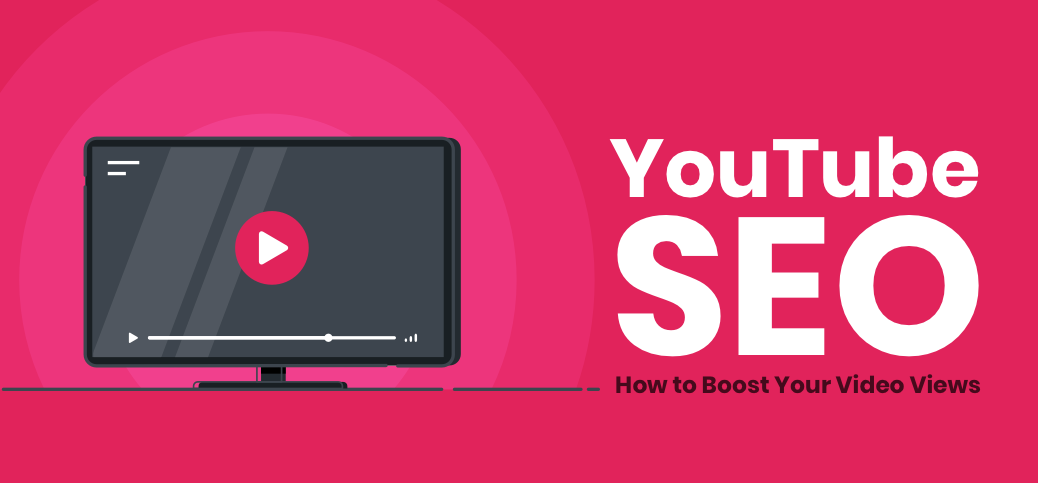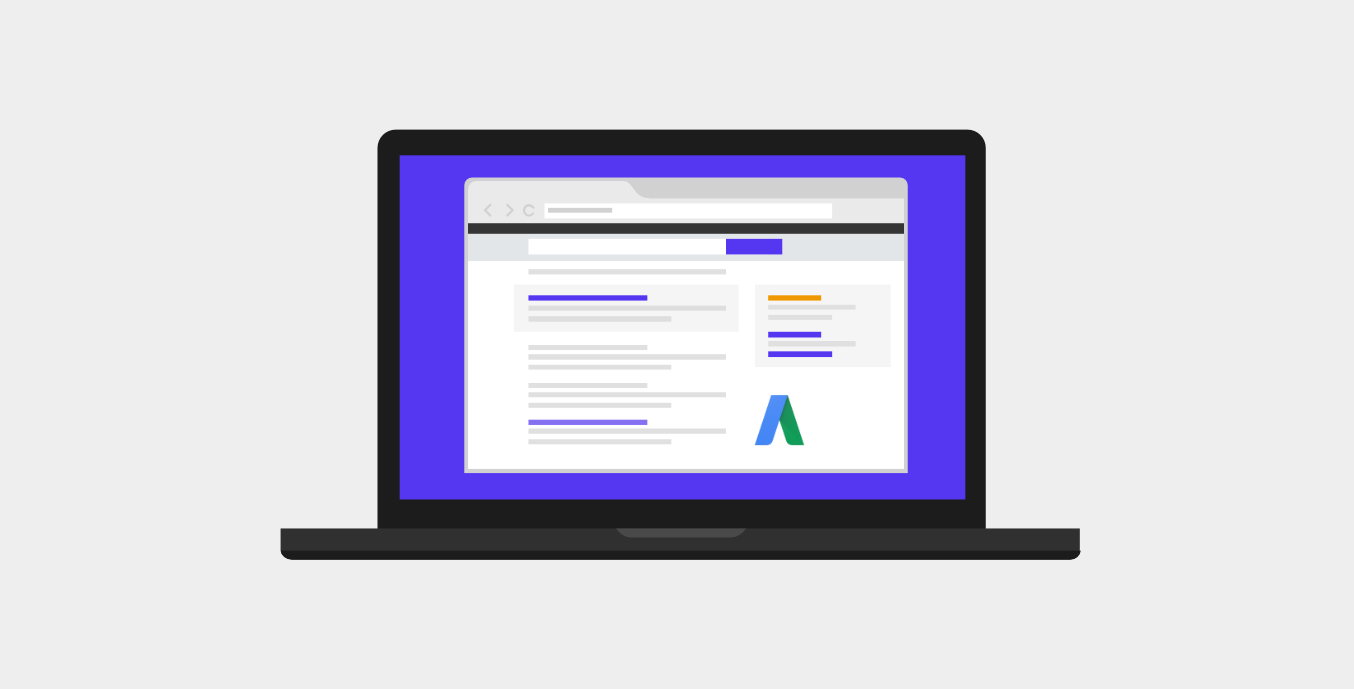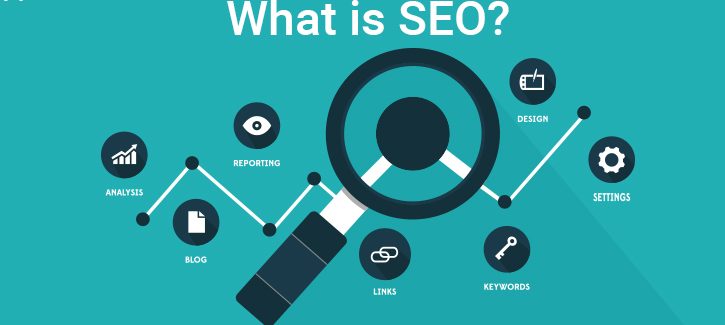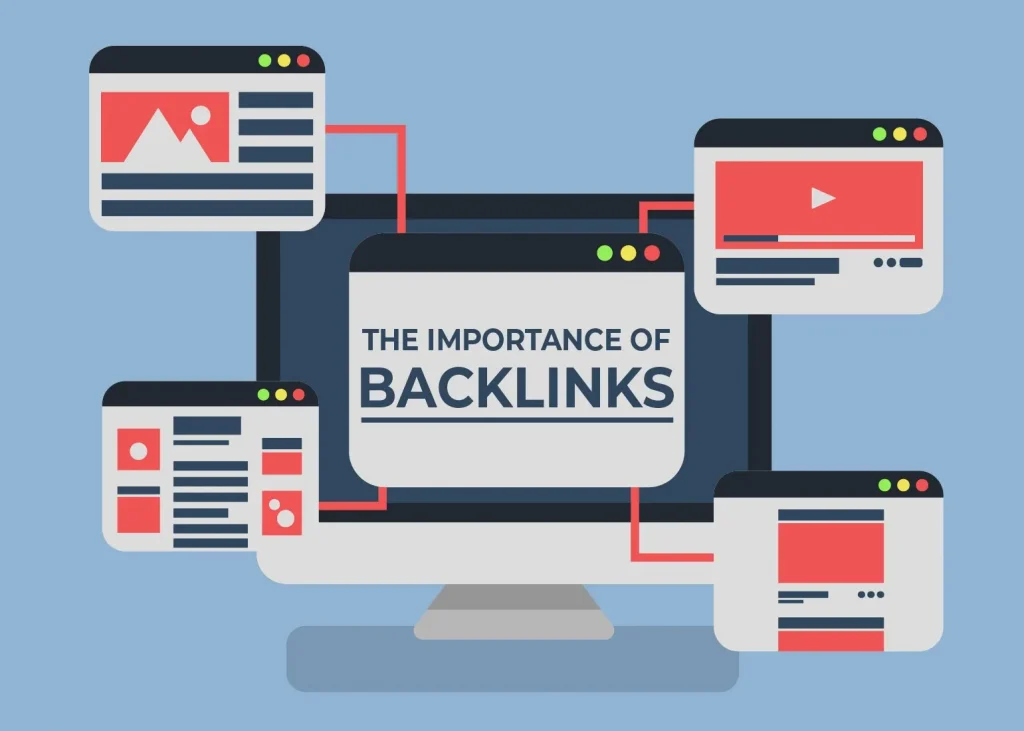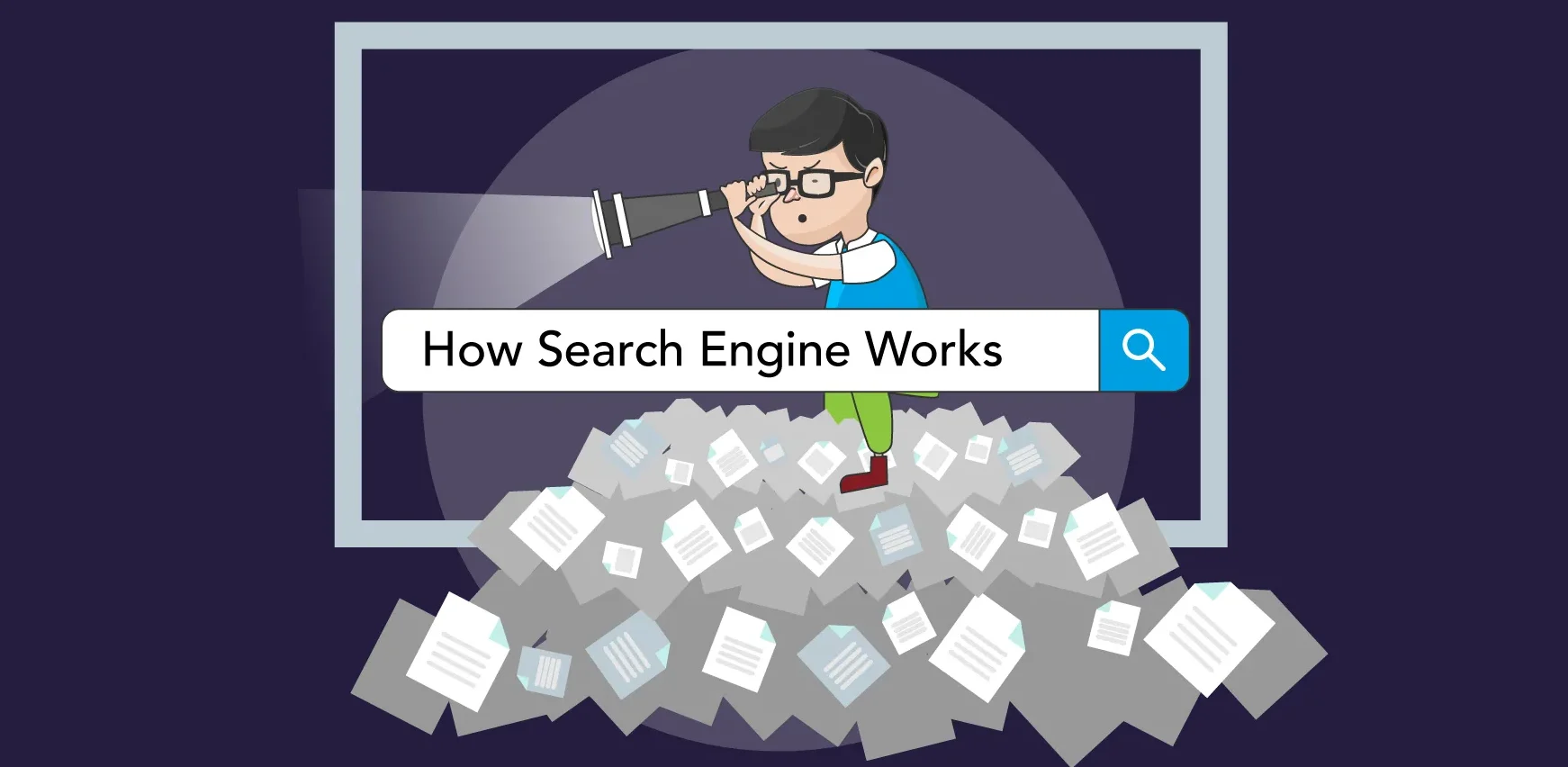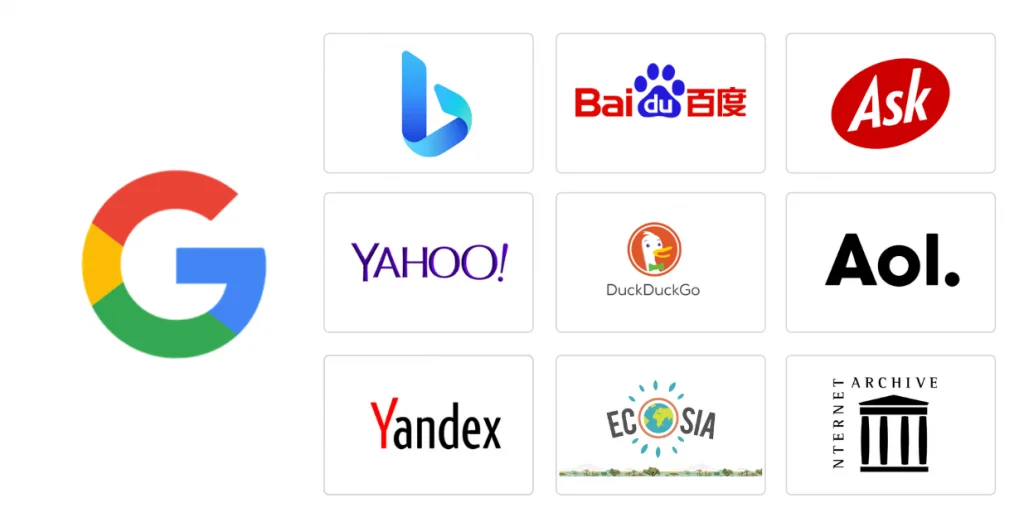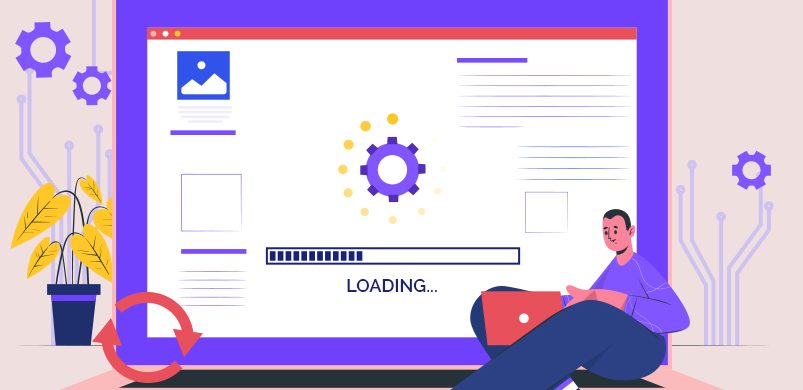YouTube SEO: How to optimize YouTube videos
Everyone is familiar with YouTube. YouTube is the second most popular search engine in the world after Google. People are talking more about YouTubers like Zoella, SteveKardynal, and PewDiePie. They provide information to Internet users about movies, video games, politics, and many other topics. All of them have one thing in commun: They reach millions of YouTube users.
YouTube is a great tool for reaching your target audience. It’s about reaching as many people as possible.
It is difficult to stand out from other YouTube channels. This channel publishes approximately 400 hours of video content every minute. There is another way to drive traffic to your videos. SEO optimization can help you get a higher ranking on YouTube.
What is video marketing?
Video marketing is a type of digital marketing where we use a video to communicate our ideas, products, or services… This format is much more appealing than other formats such as infographics postcasts and written articles.

Audiovisual content makes up 78% of all content online. This is something your brand should not ignore. Videos are easy to share and fun. It is also an inexpensive way to increase conversions, encourage engagement, and it is easy to share.
In fact, 9/10 internet users watch videos from companies. 65% of users visit a brand’s site after watching a movie. It is expected that online video will make up 84% of all Internet traffic by 2019.
If you don’t have video included in your marketing strategy, you should. And if your videos are already created, you should make the most of them. YouTube SEO is the answer.
YouTube categorizes videos in what way?
YouTube considers the same variables that Google does in its algorithm to determine which videos will appear in search results.
It is important to assess the relevance of the content (in this case, the video) for the person searching for it.
These are the most important:
- Playback time is the length of time a user watches a video.
- Keywords: They provide relevancy to the content.
- Subscribers: A channel with thousands or hundreds of subscribers will perform better that one with only 15 subscribers. This behavioral signal indicates that the channel’s relevance and quality are high.
- Interactions: We like and we don’t love comments. These signals help YouTube, Google, and other search engines determine if a particular video is worthy of more visibility.
- YouTube videos should not be long. To get the most out of YouTube content, users should be interested and able to view it. It is best to limit the viewing time to 10-15 minutes.
What is SEO optimization for YouTube?

SEO stands for search engine optimization (Search Engine Optimization). It is a term that refers to a way to improve your position in search engines. Certain keywords, also known as “keywords”, are used to optimize web pages for Google or other search engines. Similar SEO optimization works for YouTube videos. The goal of SEO optimization is not to improve the position of a website. This article will show you how to increase the reach of your channel.
Video SEO is an essential part of any online marketing strategy. This is because videos are more prominent in search results and often rank higher than the other results. You can make your video work by creating unique content. However, you don’t have to do much to increase your SEO.
You will need to perform these tasks to improve the ranking of your videos on YouTube
Video is the most popular format, and it generates the most trust. It is interesting to note that the film helped us escape from the Great Depression from both a psychological and economic perspective. Video has been more popular, more efficient, and better produced since then. People love video platforms like YouTube, but also adult ones like futai.live. It was also made possible by the internet, which allowed anyone to access it in seconds.
Videos have become a valuable tool for commercial purposes due to their huge growth and relevance through search engines and social media. But how do you make it happen? Next, we will show you how to make YouTube a part of your video marketing strategy.
Step 1: Defining keywords
It is important that you think about the terms that you wish to be found. Write keywords that describe your videos. Avoid using too many specialized terms. Many Internet users use familiar terms for their searches. For each video, try to find at least two or three terms. You can also create phrases using two to three words. These words will become the keywords that are used to optimize your videos.
Tip: Use these useful tools to locate the most relevant keywords. Keywordtool.io and SEM-Tools allow you to search YouTube for specific keyword combinations.
You can also add long tail keywords
It is difficult for marketers to compete to be the best in their industry using the most searched keywords, particularly YouTube and Google. Here’s the solution: Instead, use long-tail keywords.
Long tail keywords are longer phrases that include your main keyword. Long-tail keywords can be used to target specific search terms for potential customers. They also help improve your video’s rank under your main keyword.
Step 2: Keyword placement
After you have identified your keywords, it is time to add them to the video details. These are the essential elements.
Title of the video
It is important that at least one keyword appears in the title. The ideal place for the keyword to appear is at the beginning of your title. The title of your video should include the keyword. This will help you position it. However, as our video is likely to appear in a list or related results, it is important that we include persuasive elements even if the clicks are not. This balance must be maintained between optimization and persuasion to create a compelling title that is both attractive for SEO and user.
